
| Recorded by: Jim Petranka, Becky Elkin, Nora Murdock, Marilyn Westphal on 2025-08-26
Rutherford Co.
Comment: | 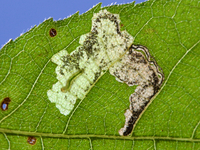
| Recorded by: Jim Petranka, Marilyn Westphal and Becky Elkin on 2025-08-18
Henderson Co.
Comment: Unoccupied mine was in Mockernut Hickory. |
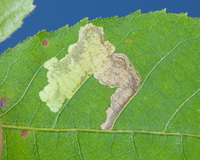
| Recorded by: Jim Petranka, Marilyn Westphal and Becky Elkin on 2025-08-18
Henderson Co.
Comment: Unoccupied mine was in Mockernut Hickory. | 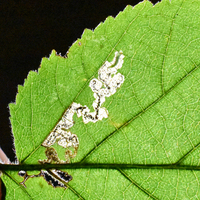
| Recorded by: Jeff Niznik on 2023-09-13
Durham Co.
Comment: |
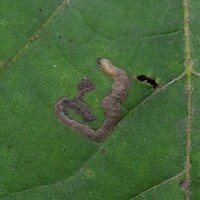
| Recorded by: David George, Jeff Niznik on 2023-07-19
Durham Co.
Comment: | 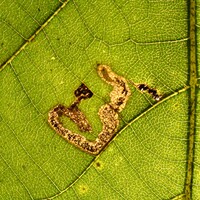
| Recorded by: David George, Jeff Niznik on 2023-07-19
Durham Co.
Comment: |
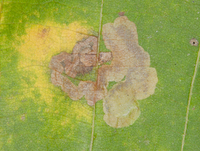
| Recorded by: Jim Petranka and Becky Elkin on 2021-10-14
McDowell Co.
Comment: Occupied mine was on Bitternut Hickory; larva was green. | 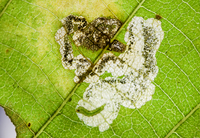
| Recorded by: Jim Petranka and Becky Elkin on 2021-10-14
McDowell Co.
Comment: Occupied mine was on Bitternut Hickory; larva was green. |
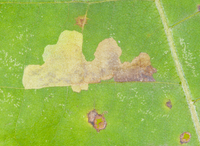
| Recorded by: Jim Petranka and Becky Elkin on 2021-09-24
Buncombe Co.
Comment: An occupied mine on Carya ovalis. | 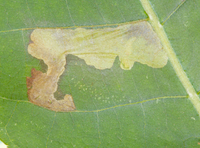
| Recorded by: Jim Petranka and Becky Elkin on 2021-09-24
Buncombe Co.
Comment: An occupied mine on Carya ovalis. |
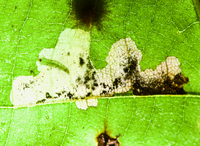
| Recorded by: Jim Petranka and Becky Elkin on 2021-09-24
Buncombe Co.
Comment: A backlit image of an occupied mine on Carya ovalis. Note the greenish larva. | 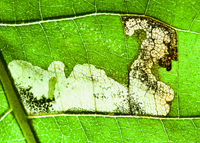
| Recorded by: Jim Petranka and Becky Elkin on 2021-09-24
Buncombe Co.
Comment: A backlit image of an occupied mine on Carya ovalis. Note the greenish larva. |
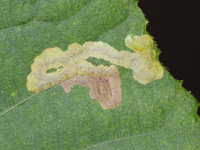
| Recorded by: Jim Petranka and Becky Elkin on 2021-09-24
Henderson Co.
Comment: Occupied mines were on Carya ovalis. | 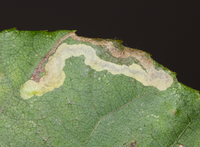
| Recorded by: Jim Petranka and Becky Elkin on 2021-09-24
Henderson Co.
Comment: Occupied mines were on Carya ovalis. |
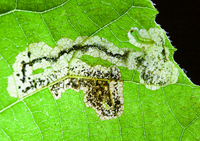
| Recorded by: Jim Petranka and Becky Elkin on 2021-09-24
Henderson Co.
Comment: Occupied mines were on Carya ovalis. | 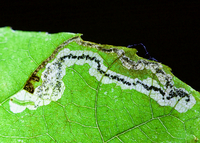
| Recorded by: Jim Petranka and Becky Elkin on 2021-09-24
Henderson Co.
Comment: |
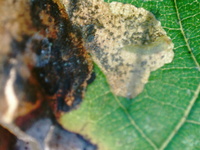
| Recorded by: Tracy S Feldman on 2020-09-15
Scotland Co.
Comment: Yellowish-brown blotch mines were on Carya tomentosa (I believe it is also on C. pallida), with a greenish caterpillar inside. |

 »
»




 »
»


